Complete Date Palm Tree Care Guide: Essentials For Planting And Cultivating Date Palms
Majestic and sweeping, palm trees add high impact to suitable gardens – but how easy are they to grow? Here’s your essential guide to date palm tree care


Bonnie L. Grant
Palm Tree Facts
Botanical name:
Phoenix dactylifera
Height:
60-120 feet tall (20-40m)
Spread: 20-40 feet (6.5-13m)
Sun exposure: Full sun
Soil: Acidic, well-draining
Hardiness zones: 8-11
Plant: Spring or fall
Do you want to grow a palm tree? Date palms are extremely popular in warm areas and produce excellent fruits. However, palm tree care is a little involved, especially if you are looking to grow a tree that will last for years and reach its fullest potential. Beautiful as these trees undoubtedly are, you should give their needs a little attention before you decide to take the plunge.
Learning how to care for a date palm means you can enjoy both the elegant tree and perhaps even some fruit if you are lucky. This guide outlines the essential tips you need if you want to know how to grow a palm tree with four-season interest and enduring charm and impact.
Palm Tree Care
So how do you take care of a palm tree, you might be asking? Palm trees, when they’re mature, can handle heat and drought. However, since they are native to the desert, they have pretty specific requirements. In addition to irrigation and support, palms need good nutrient management and pest and disease control. Here are the essentials that can help you grow the healthiest specimens.
- Light Conditions: Date palms, native to southern deserts, needs a full sun location and at least six hours of direct sun. They don’t mind a bit of shade, but don’t take well to windy or cold conditions.
- Watering Needs: Although the date palm, like many other palms, is drought tolerant when it matures, it needs water to fruit. A newly planted tree also needs regular watering – enough to keep it moist, but never enough to make it wet.
- Fertilizing: Long-term tree health will rely on fertilizing as well as watering. Apply composted manure in late winter or early spring. You can also use a palm tree fertilizer, which is high in potassium.
- Temperature & Humidity: The warmer the better for this heat-loving palm – but no humidity, please. Date palm growing requires temperatures above 20 degrees Fahrenheit (-6°C.) to survive. Pollination happens at 95°F (35°C) or hotter. Fruits need dry, hot temperatures with warm nights.
- Soil & Compost: Soil needs to drain quickly to keep a palm happy. Acidic soil is the best choice. Date palms prefer dry soil and excess moisture can inhibit growth. Keep weeds and turf away from the base in a radius of five feet (1.5m).
- Pruning & Support: Pruning is not a big part of palm maintenance, and cutting back a palm tree needn’t be a regular occurrence. Trim off diseased or damaged fronds and remove suckers from the base. Tie the ripening clusters to an adjacent branch for support and use netting to protect the fruit from birds. Thinning can also help when you spot fruit. In areas where production is possible, thin fruit by one-half. This increases the size of fruit and ensures a crop the next year.
- Overwintering: Knowing how to grow palm trees can rely heavily on winter care. For the best palm winterizing care, Date palms can tolerate temperatures down to 20°F. If your weather gets colder, bring container plants indoors.

How and Where to Plant a Palm Tree
The large trees need room to grow and spread out the adventitious surface roots that anchor the plant and help it gather surface water. Take care when planting date palms to choose a location with plenty of space vertically and horizontally. Pick a planting site that has lots of room, taking the tree’s potential mature height and spread into account.
The site should get at least six hours of direct sun a day and offer well-draining, slightly acidic soil. If the site is windy, select a spot that will protect the young tree until it develops its root system. Plant the young tree in either early spring or fall. Dig a planting hole twice as wide than the root ball of the tree and just a little deeper. Fill the bottom of the hole with soil so the plant is sitting high and roots are barely covered. Position the rootball in the hole and fill in the sides with potting soil, then water well.
Young trees do best with supplemental irrigation for several months until they are established. You may need to stake them for straight date palm growing. The tree is tolerant of drought but needs plenty of water when flowering and fruiting. You will need a male and female tree for fruit production.
How to Grow a Palm Tree in a Pot
Can you grow a date palm in a container? Yes, you can. This has a number of advantages, including the possibility of moving it into a sunny location as the sun changes, and moving it to a place where it is protected from winds. For the best outdoor palm care for potted trees, pick a container with drainage holes and well-draining potting soil made for palms. An unglazed clay container is a good choice since it absorbs excess water.
Gardening tips, videos, info and more delivered right to your inbox!
Sign up for the Gardening Know How newsletter today and receive a free copy of our e-book "How to Grow Delicious Tomatoes".
When repotting, trade up the size of the container when the original pot gets too small. You will see roots on top of the soil or coming out the drainage holes.
Problems, Pests & Diseases
Dates aren’t particularly sickly, but they can be attacked by a few insect pests and diseases. It’s easy to fight these off if you catch them early. Insect pests to keep an eye out for include white scale and date palm spider mites. The scale bugs are tiny sap-sucking pests which eat leaves and fruit. Horticultural oil smothers these bugs quickly.
Date palm spider mites are even more common. If you see fruit dropping off before it is ripe, you probably have mites. You’ll need to dust the tree with a sulfur product, a strong blast of water, neem oil or insecticidal soap. Use one, then alternate with another treatment, to prevent the mites from developing resistance.
These palms are also vulnerable to black scorch disease, and it is easy to spot. Your tree looks as though it’s blackened from flames. Prevent this disease by being sure your garden tools are sanitized and being sure not to nick the tree. Bayoud disease is a fatal fungal disease that can also affect palms. It makes foliage turn white and exposed roots turn red. There is no cure for this, so you will have to remove the palm and burn it to prevent the disease from spreading to other plants.
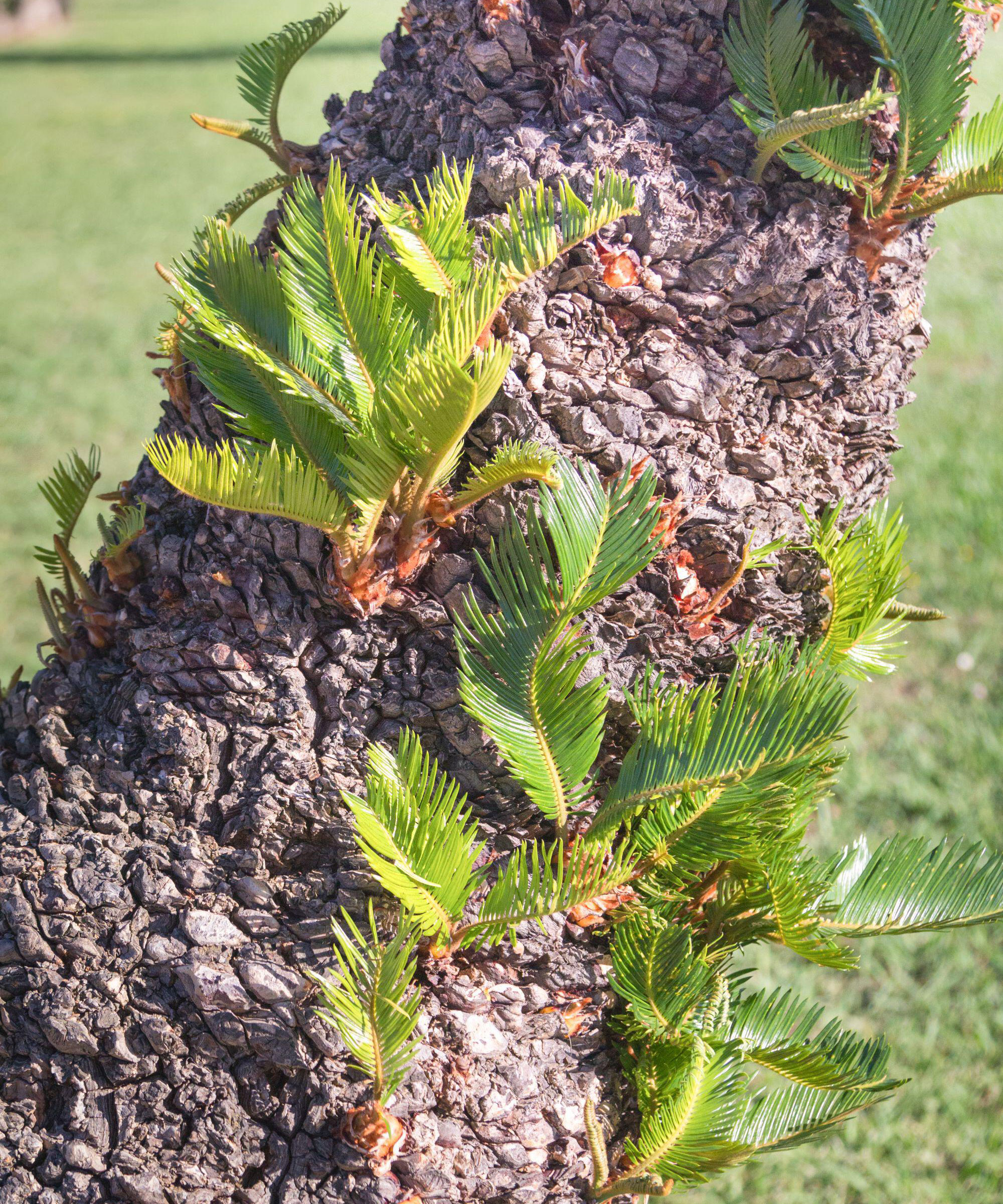
Date Palm Tree Propagation
If you would like to propagate palms, you can dig up the suckers from around the palm base and replant them. It is also possible to grow more palms from seeds. Palms produce low growths off the trunk base called offsets, or pups. Offsets are divided away from the parent plant and started in a prepared bed or pot of sand mixed with some topsoil.
Take care when separating the offset to preserve the leafy green top and acquire some root. Use a root saw to divide the young plant from the parent. Offsets need the same good date palm tree care as an adult. Date palm offsets will not be mature and ready to produce fruit for up to 12 years. The plant can grow in a pot for a few years but should be planted in a bed outdoors for best results.
Date Palm Tree Varieties
Cultivar choice and zone are important information when considering how to grow date trees. There are varieties with some cold tolerance, but they rarely bear fruit. The best thing to do is see what is offered in your local plant store since they will carry varieties that do well in your particular climate. Here are five popular varieties:
- Zahdi: This variety has been around for centuries. The tree is very large and grows quite fast.
- Medjool: A reliable date producer and quick to grow fruit.
- Halawi: This variety tolerates high humidity. The dates taste like honey.
- Khastawi: Great for a hot, dry environment. Produces small, dense, sweet fruits.
- Dayri: This variety produces an elongated fruit. It changes colors from red to brown to black.
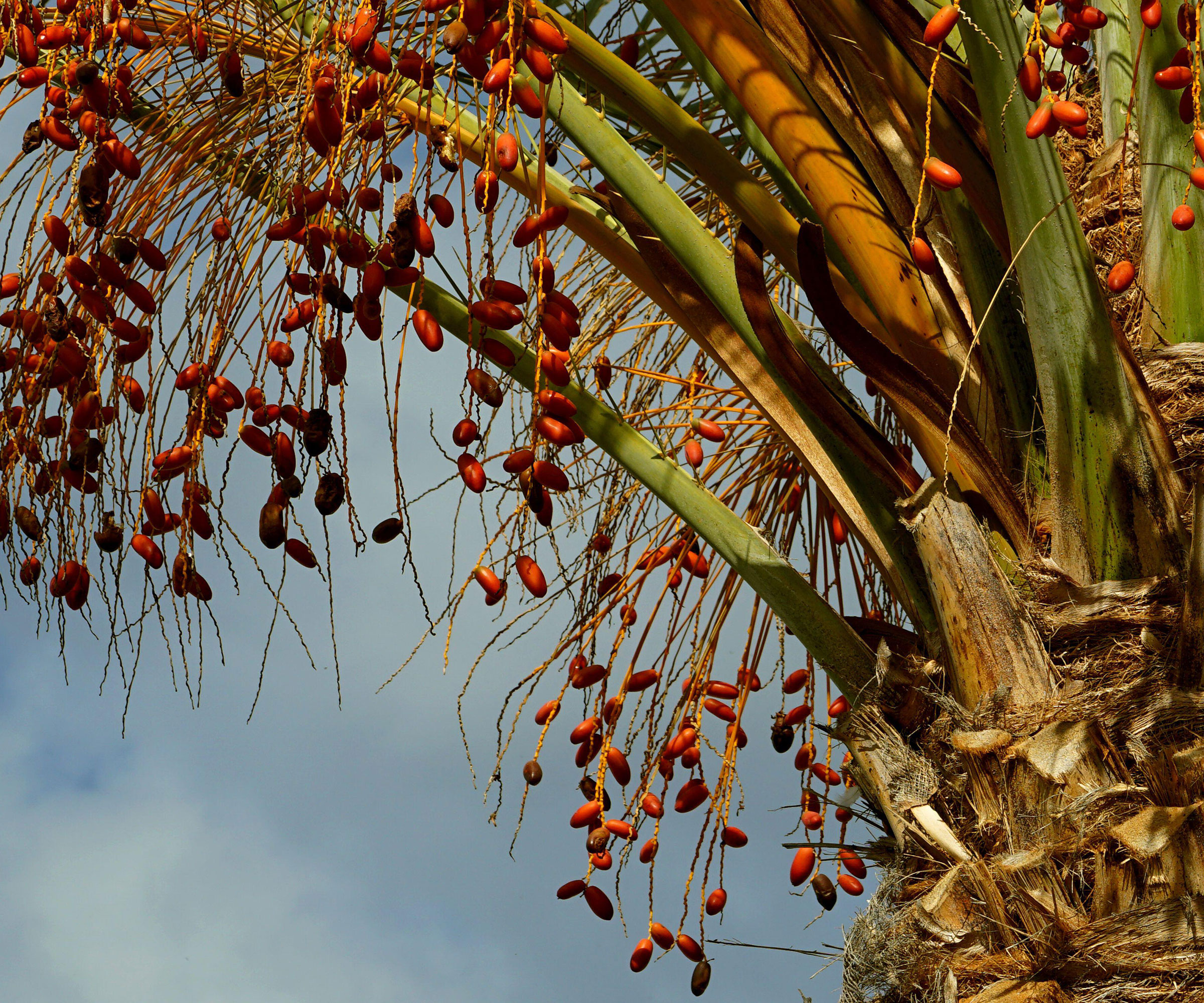
Frequently Asked Questions
How do you Take Care of a Palm Tree?
Palms need water when they are first planted, then every year when they are fruiting. You should prune out dead palm leaves and apply fertilizer in late winter.
How Fast does a Palm Tree Grow?
Palm trees do not grow fast, no more than a few feet or less per year.
Should You Cut off Brown Palm Leaves?
There is no reason not to trim off brown palm fronds – if you can reach them.

Teo Spengler is a master gardener and a docent at the San Francisco Botanical Garden, where she hosts public tours. She has studied horticulture and written about nature, trees, plants, and gardening for more than two decades. Her extended family includes some 30 houseplants and hundreds of outdoor plants, including 250 trees, which are her main passion. Spengler currently splits her life between San Francisco and the French Basque Country, though she was raised in Alaska, giving her experience of gardening in a range of climates.
- Bonnie L. GrantWriter
-
 8 Noteworthy Native Azaleas Every Gardener Should Know – And Grow!
8 Noteworthy Native Azaleas Every Gardener Should Know – And Grow!Native azaleas offer brilliant blooms in a range of colors and sizes. Here are a few favorites to get inspired and start working on a native shade garden!
-
 Growing Climbing Roses: How To Create Elegant Displays With Maximum Blooms
Growing Climbing Roses: How To Create Elegant Displays With Maximum BloomsMaster the art of growing stunning climbing roses with this essential guide to creating vibrant, fragrant walls and structures all summer long.
-
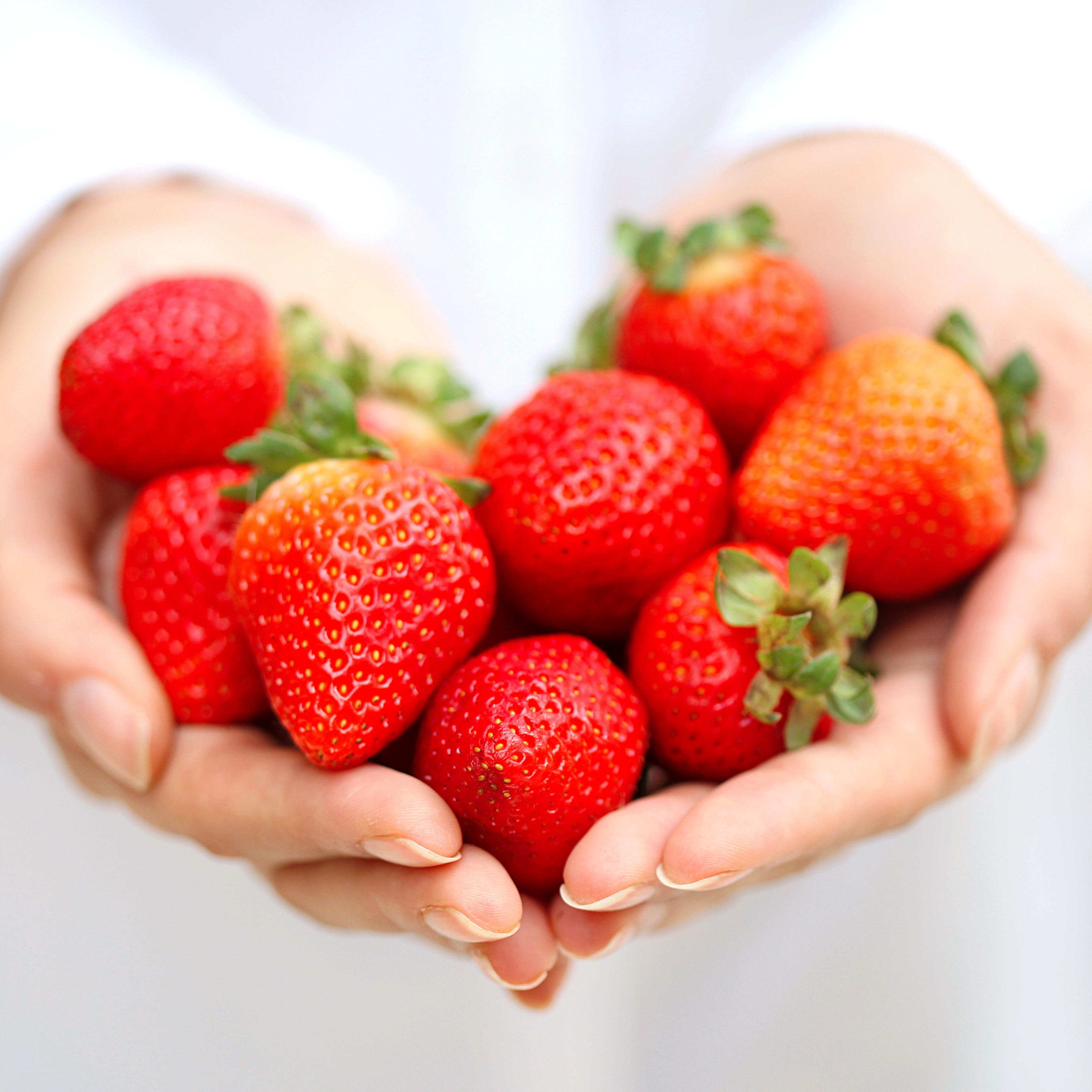 How To Grow Strawberries From A Strawberry: All You Need To Cultivate Yummy Fruits
How To Grow Strawberries From A Strawberry: All You Need To Cultivate Yummy FruitsYou may know how to grow strawberries from small plants or runners – but what about growing from the fruit? Here we show you how to grow strawberries from a strawberry
-
 Bugged About Strawberry Pests? 6 Common Pests, Plus How To Protect Your Precious Strawbs
Bugged About Strawberry Pests? 6 Common Pests, Plus How To Protect Your Precious StrawbsStrawberry plants looking a little under the weather and not sure why? Check to make sure they haven’t come a-cropper to one of these classic strawberry pests
-
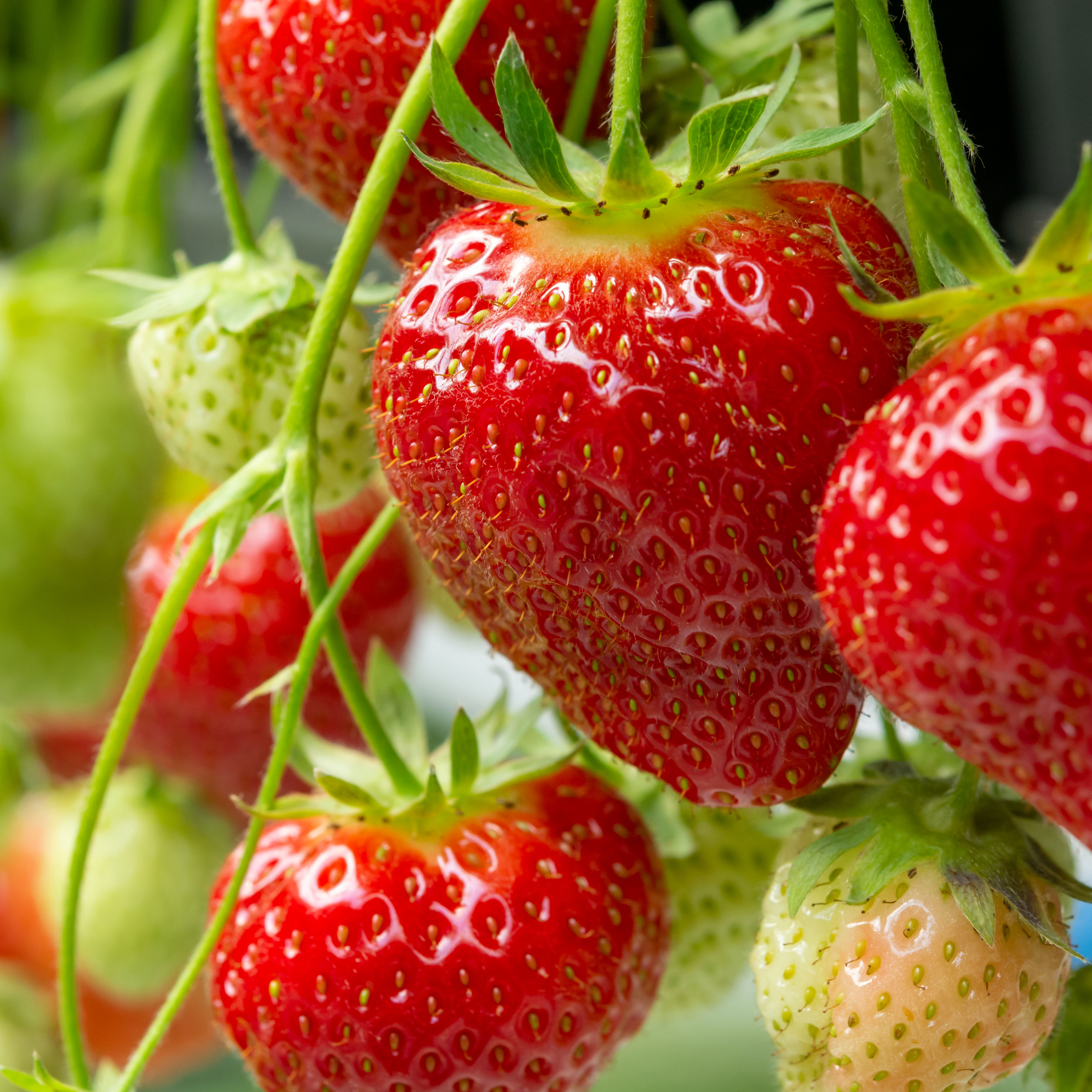 How To Grow Hydroponic Strawberries For Fast, Fresh Berry Fruits In A Clean And Fuss-Free Way
How To Grow Hydroponic Strawberries For Fast, Fresh Berry Fruits In A Clean And Fuss-Free WayCultivating strawberries outside of traditional pots and ground-based plots may sound like the stuff of science fiction but here’s why growing hydroponic strawberries can work for you
-
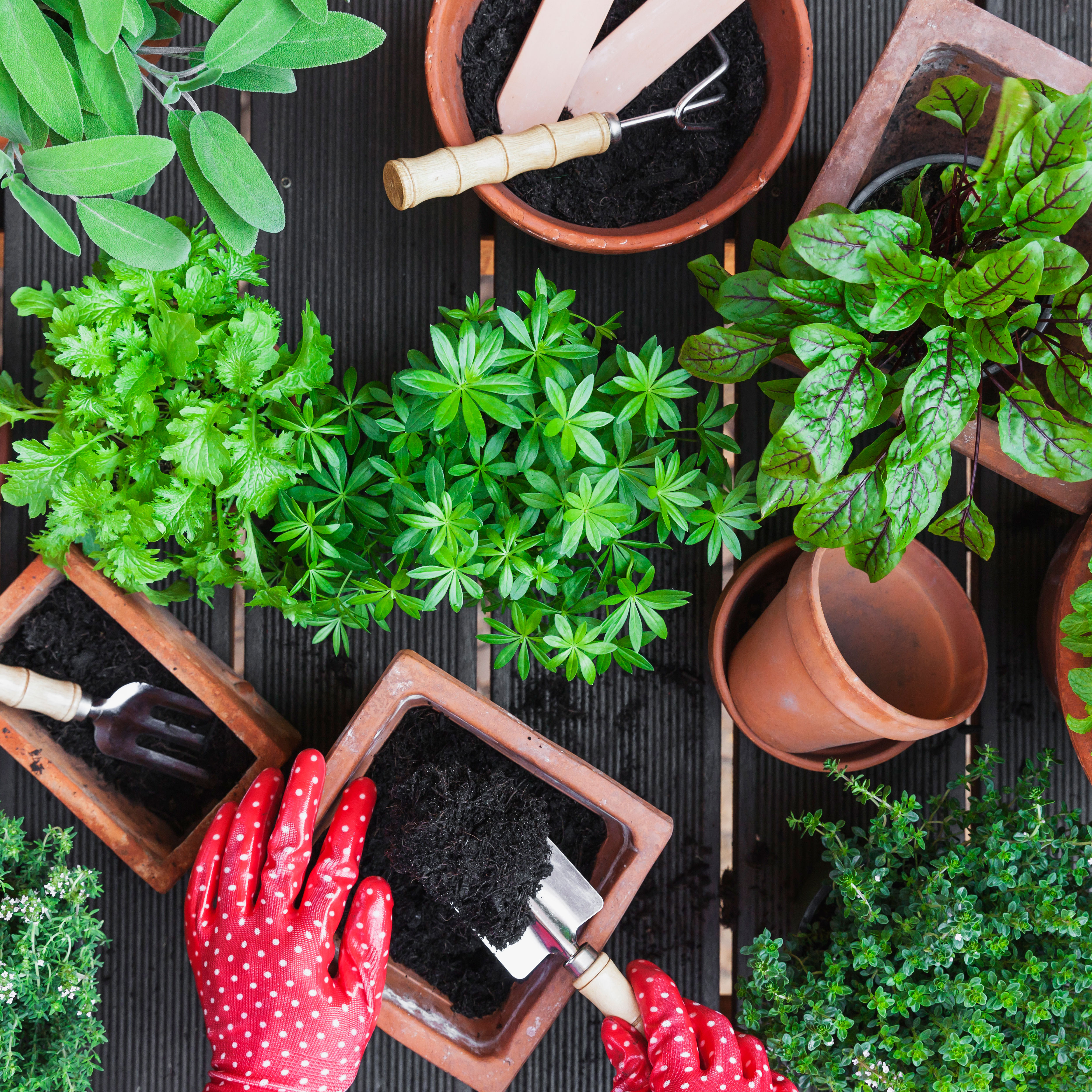 What Are The Easiest Herbs To Grow From Seed? 8 Beginner-Friendly Edibles Anyone Can Grow
What Are The Easiest Herbs To Grow From Seed? 8 Beginner-Friendly Edibles Anyone Can GrowA dedicated mixed herb bed or container arrangement is a mainstay of the edible garden, but which are the easiest herbs to grow from seed? We reveal the best for beginners
-
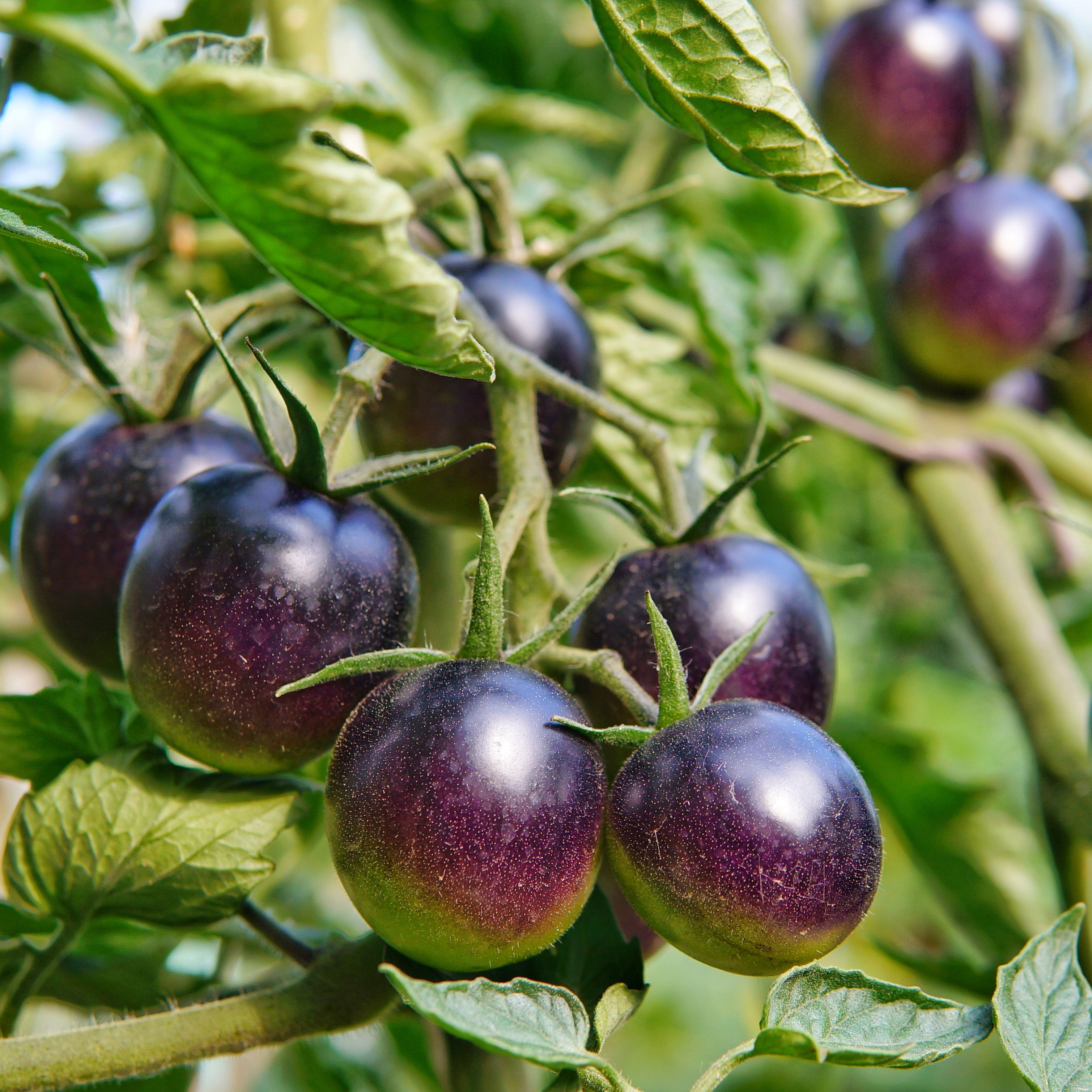 Tasty Purple Tomatoes To Grow: Try These 8 Cherry, Beefsteak and Heirloom Tom Varieties
Tasty Purple Tomatoes To Grow: Try These 8 Cherry, Beefsteak and Heirloom Tom VarietiesPurple tomatoes may have an unexpected appearance, but they are just as lipsmackingly yummy as their red counterparts. Here are the tastiest deep purples to try…
-
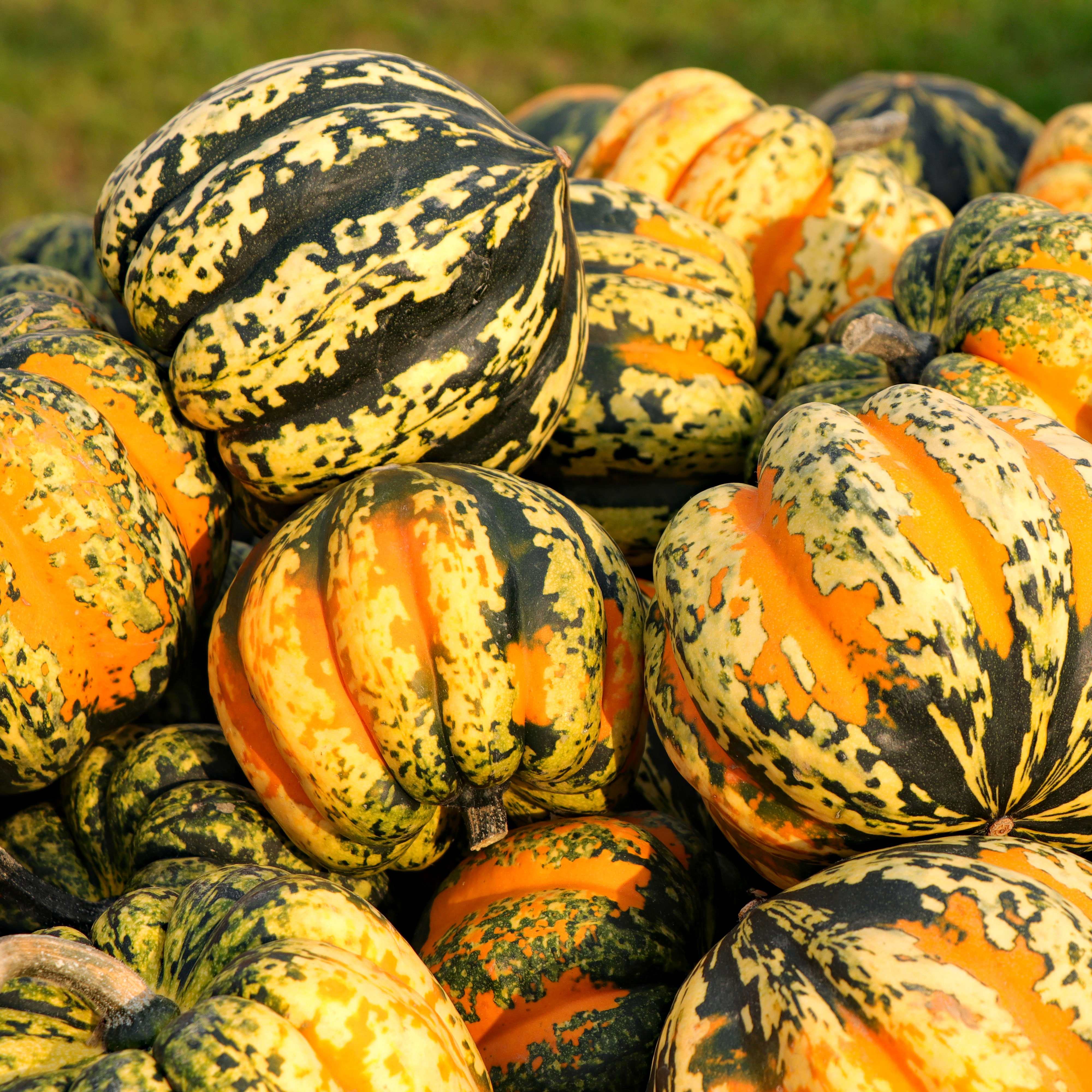 Move Over, Acorn Squash! Grow Carnival Squash Adored By Gardeners & Chefs
Move Over, Acorn Squash! Grow Carnival Squash Adored By Gardeners & ChefsIf you’re looking for a joyful winter squash with a buttery, maple-syrup taste, the carnival squash is an excellent and easy option for colorful cucurbit cultivation
-
 How To Harvest Chia Seeds: Tips For Harvesting This Heart-Healthy Superfood At Home
How To Harvest Chia Seeds: Tips For Harvesting This Heart-Healthy Superfood At HomeThey are an excellent part of a healthy diet and fun to harvest for your breakfast cereals, breads, salads and smoothies. Here’s how to harvest chia seeds
-
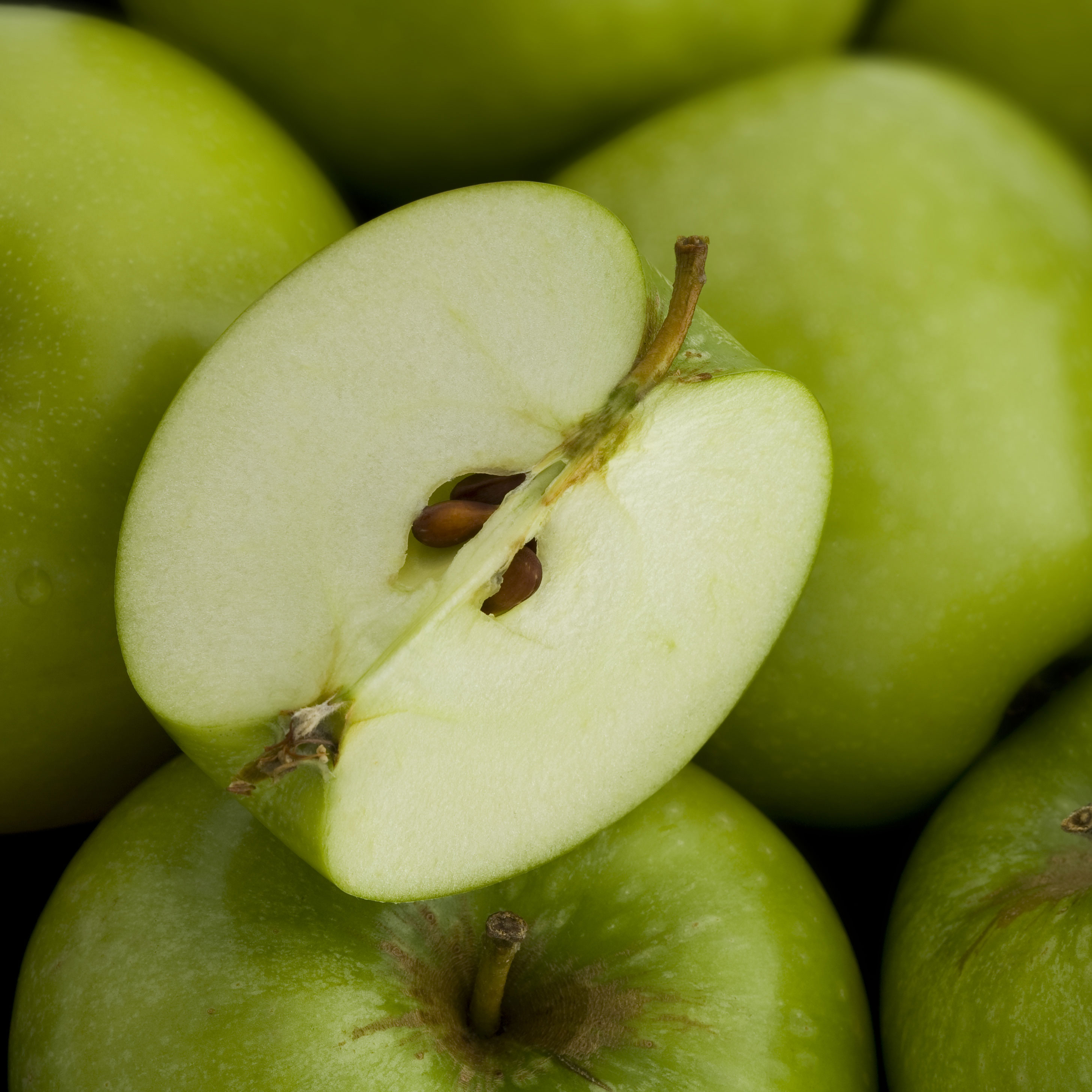 Can You Grow Apples From Pips? How To Plant Apple Seeds That Can Flourish
Can You Grow Apples From Pips? How To Plant Apple Seeds That Can FlourishKnowing how to plant apple seeds can be a fun project that has the potential to lead to exciting future fruits. Find out a free way to grow your own homegrown apple trees